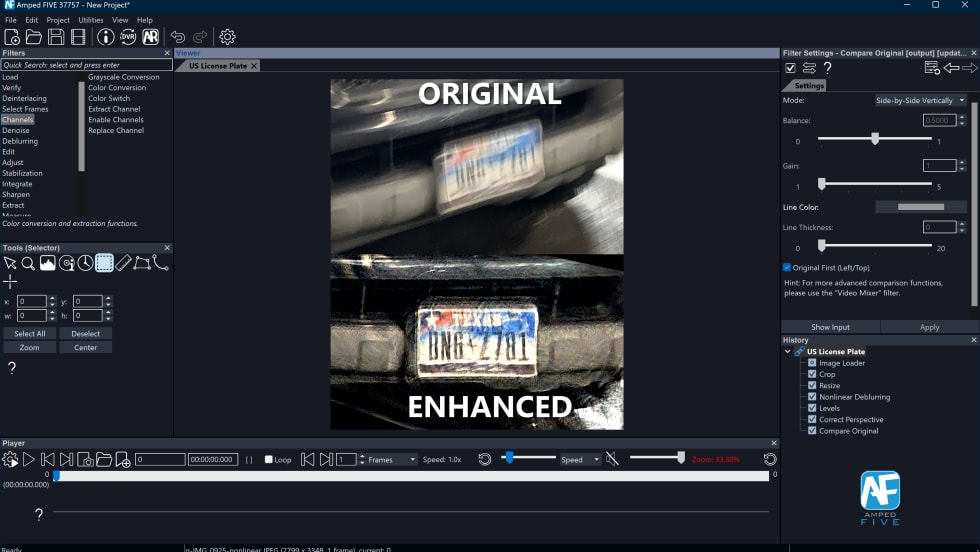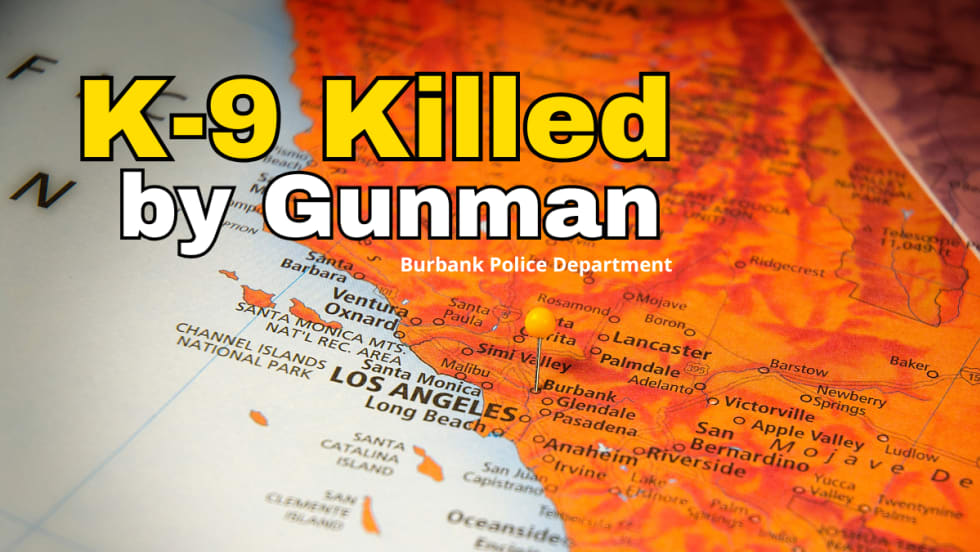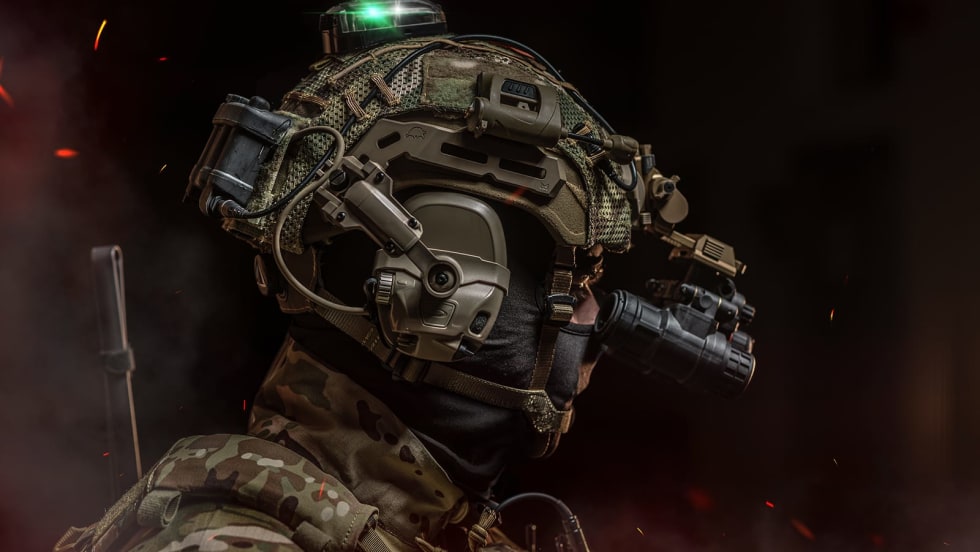As many as 200 of the nation’s most prominent police chiefs, Justice Department and White House officials, and police training experts convened in Washington on Friday to discuss policy proposals which, if implemented broadly, would amount to the most drastic police reform in decades.
During the forum, titled “Taking Policing to a Higher Standard," top officials from many of the nation’s largest police departments were urged to implement new training and departmental policies that supporters believe could lead to a decrease in the number of fatal shootings by officers each year — a topic near the top of the national consciousness in the 18 months since the shooting of Michael Brown in Ferguson, Mo.











